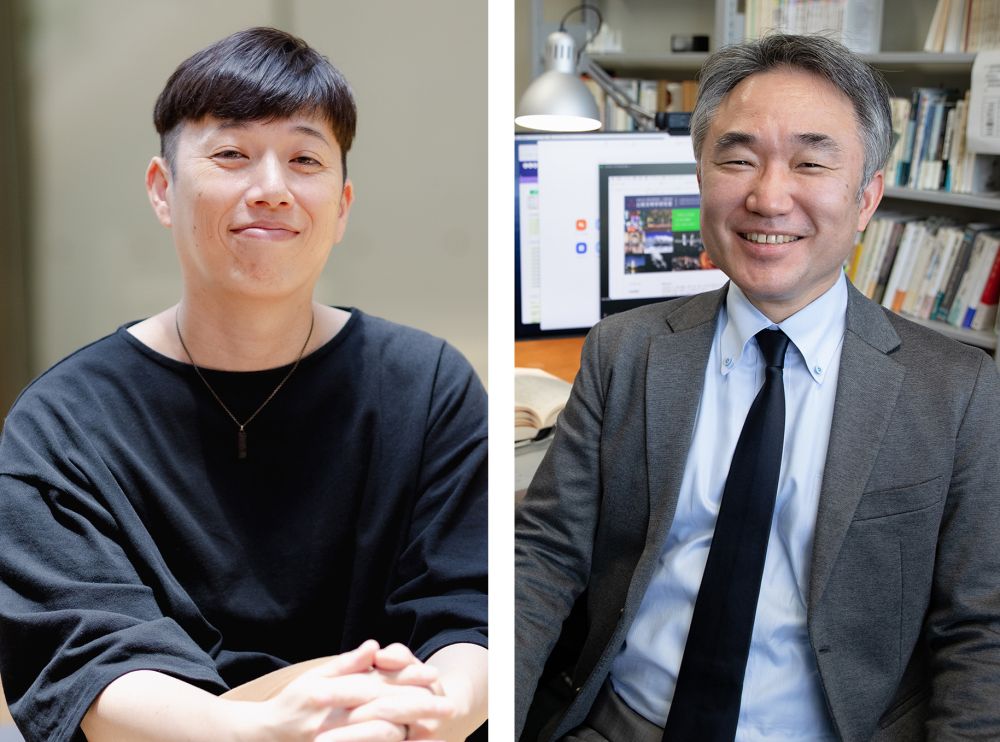2023.12.05
News
Unraveling Autism Spectrum Disorder Mechanisms Through Rigid-Autonomous Phase Sequences
Researchers pave the way for innovative treatments for autism spectrum disorders by building on Hebb’s theory of the mind.
This study delves into the behavioral complexities of autism spectrum disorder (ASD) by introducing the rigid-autonomous phase sequence (RAPS) formation concept. RAPS are may be responsible for the cognitive, sensory-motor, and memory-related challenges faced by individuals with ASD. By uniting these insights under a single theoretical framework, this research paves the way for innovative treatments, promising a brighter future for those with ASD.
Autism spectrum disorder (ASD) is a complex neuropsychiatric condition, marked by diverse cognitive and sensorimotor challenges, difficulties with social communication, and distinct behavioral patterns. While genetic factors are known to play a role, the intricate mechanisms driving this condition remain elusive. Moreover, a unified and comprehensive theoretical framework that can explain behavioral abnormalities associated with ASD is lacking. In a study published online in Perspectives on Psychological Science on November 1, 2023, Professor Kenkichi Takase from the Department of Psychology, Chuo University, Japan and Professor Eiichi Nojiri from the Graduate School of Human Sciences, Osaka University, Japan, expanded on the pioneering work of psychologist Donald Olding Hebb to explore underlying mental functionalities and their role in ASD. Their work sheds light on the intricate connections within the brain by aiming to bridge existing gaps in our understanding of the neurodevelopmental condition.
Hebb's insights focused on the animistic nature of the mind, emphasizing that higher mental functions, such as learning, memory, and attention, are deeply rooted in the activities of the nervous system. These insights offered a comprehensive explanation for the generalization of perceptual learning, memory stability, and attention variability, forming a coordinated pattern of neural change.
But how does Hebb's theory relate to autism ASD? This study picks up where Hebb's work left off. “We have extended the Hebb's theory, which showed how the mind works in the brain, to determine the cause of ASD,” Prof. Takase and Nojiri states. Researchers theorize that individuals with ASD exhibit an altered state of neural connections, which they refer to as RAPS. Unlike flexible neural pathways that allow for adaptability, RAPS can lead to cognitive, sensory-motor, and memory-related disorders. One can think of RAPS in the brain like train tracks that have become stuck in one direction. This inflexible track makes it difficult for individuals with ASD to learn new things as the train is always arriving at the same station. It also causes the brain to remember certain things very well, like vividly recalling specific objects or events. This unique brain pattern, characterized by its inflexibility, has the potential to explain many of the challenges individuals with ASD face in their daily lives.
This paper proposes that RAPS can explain a wide range of symptoms in individuals with ASD, encompassing social, cognitive, and motor difficulties. The theory suggests that RAPS interferes with the activation of other neural circuits, leading to the observed impairments in various functions. Hence, the concept of RAPS can serve as a theoretical framework to understand the underlying neural mechanisms that contribute to the diverse symptoms associated with ASD.
These discoveries carry immense potential for reshaping our understanding of ASD, offering a unifying framework that transcends earlier models. By explaining the vast array of symptoms associated with ASD through the lens of RAPS, the theory opens doors for the development of innovative treatments targeting these neural patterns. “If the cause of ASD can be identified, treatments for ASDs that were previously untreatable, may be found,” Prof. Takase concludes. The findings inspire the autism research community to delve deeper into this novel perspective, fostering the development of interventions aimed at enhancing the lives of individuals with ASD.
In essence, this study illuminates the possibility of more impactful therapies, instilling hope for a promising future for individuals within the autism spectrum.
Reference
Authors: Eiichi Nojiri1 and Kenkichi Takase2
Title of original paper: Understanding Sensory-Motor Disorders in Autism Spectrum Disorders by Extending Hebbian Theory: Formation of a Rigid-Autonomous Phase Sequence
Journal: Perspectives on Psychological Science
Affiliations : 1Laboratory of Comparative Study of Civilizations, Graduate School of Human Sciences, Osaka University
2Department of Psychology, Faculty of Letters, Chuo University

In this study, researchers from Japan propose
About Professor Kenkichi Takase (on the left)
Kenkichi Takase, a distinguished expert in clinical developmental biopsychology at Chuo University, Japan, is renowned for his groundbreaking research on the interplay of biological, psychological, and social factors leading to sex-specific abnormal behaviors in specific developmental stages. Utilizing rats and mice as essential animal models, his studies have resulted in numerous publications with over 5,691 reads and 881 citations. Professor Takase's work significantly contributes to the understanding of complex behaviors, shedding light on the critical aspects of human and animal development. His innovative research continues to shape the field, inspiring future investigations in the realm of biopsychology.
About Professor Eiichi Nojiri (on the right)
Eiichi Nojiri, a prominent philosopher at Osaka University's Laboratory of Comparative Study of Civilizations, is known for his innovative research style that examines human nature from an interdisciplinary perspective. In recent years, Professor Nojiri has been particularly well known in Japan as the leader of a collaborative research group on autism spectrum disorders with researchers from a range of disciplines. In 2019, he edited a book entitled Introduction to Autism Studies by scholars from eighteen academic disciplines, and in 2022 he successfully organized a large-scale metaverse event “Autism Studies Hyper-Conference!” involving academic researchers, companies, nonprofit organizations, people with developmental disabilities, and lay participants. He provides the basic theoretical backbone and core philosophical concepts for this paper.
